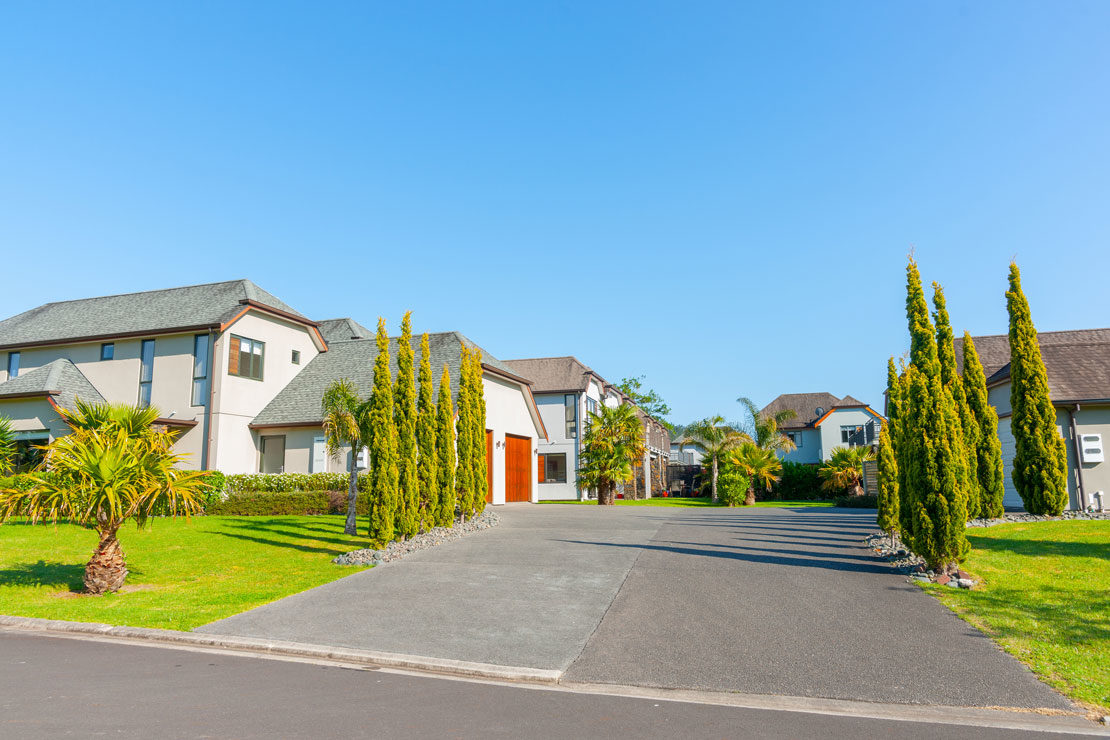Is the real estate market a buyer’s or seller’s market right now? Are things trending up or are you likely to see no interest once you list? These are common concerns most sellers have. Yet, it’s not as simple as that when it comes to listing for sale. Quite commonly, property owners need to look at and understand the real estate market to truly grasp what position they’re in at any given time.
It’s a Cyclical Process
Many things in life are cyclical. That is, they change and morph over time following the same basic pattern. There’s no real way to tell when the cycle will start to turn or how sharp those turns are, but we know that, over time, it’s going to move from a growth period to a slow period.
Understanding the real estate market cycle can specifically provide you with guidance on how to navigate your own decision to sell your house. Many factors influence this cycle – the economy is just one of them. And more times than not, what’s happening in your neighborhood is different than what’s happening across the state or country.
Nevertheless, the real estate cycle holds true in nearly all situations. In which phase is your home market in now?
Recovery: The Initial Phase
In the recovery stage, the market is working through the end of a recessionary period and heading toward a growth period. Yet, the market as a whole may still have weak demand. During this phase, you’re likely to see several key things happening:
- New construction tends to be limited.
- The rental market is flat overall.
- Demand is there, but it is hard to spot.
Because all of these figures point to maintained recession, it’s difficult to actually see when the market is making that turn into this phase. It may even look like it is in a prolonged slump.
However, when you monitor the actual data, you may begin to see changes happening. For example, there are more consumers looking at homes – even if they are not buying quickly. There are more people inquiring about home loans, too. You may also notice that the “bad” figures from the previous phase are starting to look a bit better.
If you’re a buyer during this phase, you’re looking for a deal. That may be a property that you can acquire affordably, fix, and flip when the market begins to grow. If you’re a seller in this phase, you’ll find deals are out there, but they may not be ideal for those who want the biggest return on their investment.
Expansion: The Second Stage
As a continuation from the recovery phase, you can imagine what the expansion phase brings. In this area, we see increased interest in the market. Consumers are more interested in buying. The real estate market grows with more transactions and higher demand. Some key things you will notice about this market phase include:
- Improved overall economic activity, often with a strong job market and economic growth
- Vacancy figures are dropping; it’s harder to find the ideal home
- New construction picks up, and this tends to be evident in demand for construction workers
In the expansion phase, there’s a constant tug-and-pull over supply and demand. While developers are ready to build to capitalize on these good growth figures, those who are investors are likely looking to hold back. That’s typically because home values are rising as demand shifts. As property values rise, it’s harder to find that good deal for a flip.
During the expansion phase consumers are more interested in buying. The real estate market grows with more transactions and higher demand. New construction picks up and vacancy figures drop.
If you are an investor or buyer now, you’ll likely pay more for the home you’re after. For investors, it’s best to keep looking for a low-risk property. It is more likely that turnover will be lower and that rents are on the upswing. That makes now a good time to buy for those who plan to maintain rentals.
If you’re a seller in this market, you may see the best pricing possible for your home. However, competition in some areas where supply is plentiful can make selling a bit more difficult. Additionally, if builders are in demand in your area and readily available, existing homes may not be as attractive, especially if they need a lot of work.
Hyper Supply: The Third Stage
It’s a very fine line between having enough supply and having too much. In hyper supply, we see things starting to shift on a downward turn. It’s always critically important to see when this is happening no matter if you are a buyer or seller. In this market, you’ll see:
- Rental growth starts to slow.
- Demand is falling, often evident in fewer home loan inquiries and showings.
- Occupancy rates tend to fall, and prices stop increasing.
The hyper supply phase is a painful one for many people. This is when the traditional homeowner has to recognize that they may not be able to get as much for their home as they would like to. That may mean your home remains on the market much longer than your neighbor’s did a short time before.
During the hyper supply phase, occupancy rates fall and rental growth slows down. Prices stop increasing.
If you’re a buyer in this market, you’re ready and waiting for prices to start tumbling. In this area, investor buyers are looking for properties that will create stable tenants that will maintain long-term leases. If there are leases already in place, that’s more attractive than having to buy and fix in the hopes of flipping.
If on the other hand, you are a seller in this market, you’ll likely struggle a bit more. You will not get the price point that was present during the expansion phase of the market. For those properties that are underwater, it’s quite challenging to navigate your way out of this point.
Recession: The Final Phase
Recession is not where most people want to be, but this is a part of the real estate cycle. It will happen, though we may not know when it will hit nor when it will reach its worst point. There are a few things you will notice about this market:
- There are too many homes and not enough buyers.
- High vacancy rates are typical.
- The market is saturated, forcing prices down to just get a sale.
As a buyer in this market, you probably have plenty of options to choose from and good prices available on them. At the same time, you may have to think long-term. If you are in this market for long, it may be hard for you to find renters or buyers for those properties you aim to flip.
On the other hand, sellers will fair much worse during this period. It’s difficult to find a buyer fast enough. Underwater mortgages may make it more difficult to sell. In some years, foreclosures can also be a factor that pushes rates down. People are afraid to buy in this market.
In each phase, there’s opportunity. The key is knowing where you are at any point to know how to position your home for sale or how to buy with care. By understanding the real estate market, though, it’s possible to see the best possible outcome for your situation.
Frustrated with the Process?
Real estate cycles can be challenging at any point. However, you can avoid it all. Request a cash offer from WeBuyHouse. You’ll learn how much you can sell your home for right now.




Leave a Reply